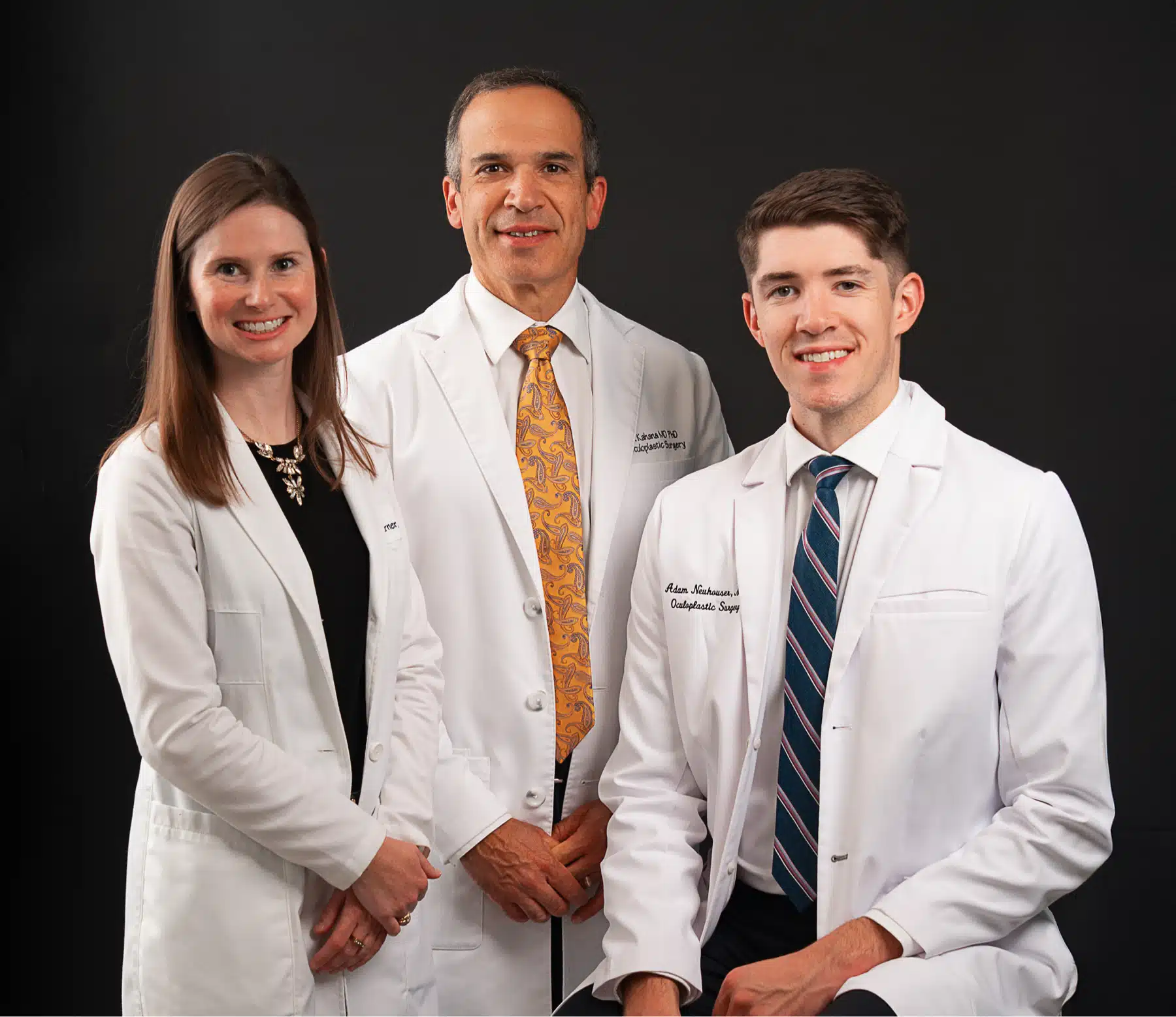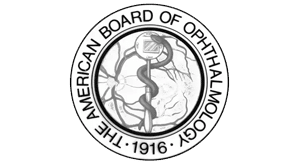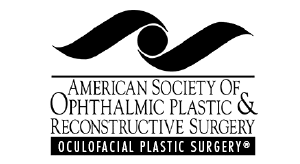Lower Blepharoplasty (Lower Eyelid Surgery)


Lower blepharoplasty, or “lower lid surgery,” is a procedure designed to make the under eye smoother, resulting in a more youthful, rested appearance.
The three primary concerns that most often bring patients into our practice for lower blepharoplasty include:
As we age, the thin membrane holding back orbital fat beneath the lower eyelid weakens, causing fat to push forward and create puffy “bags.” This can make you look tired, and in many cases, older than you actually are.
The natural descent of cheek tissues, loss of orbital bone density, and loss of fat volume can create a hollow groove (tear trough) beneath the eyes, causing a visible sunken or sallow effect. You may also notice the appearance of dark under-eye circles as you age.
Loss of skin elasticity, facial fat volume, muscle tone, and bone density alter the position and shape of our lower eyelids over time. Changes to your lower eyelid are most often an aesthetic concern but can affect eye function and cause discomfort as well.
Environmental factors such as smoking, poor diet, stress, sun exposure, dehydration, and weight loss are also major contributing factors.
In other words, lacking amazing hereditary genetic advantages, we will all experience environmental damage to our lower eye to some degree or another. While lifestyle adjustments can help remediate some of these adverse aesthetic changes, lower blepharoplasty is the only option for a comprehensive, restorative result.
Advancements in surgical techniques can address all three lower eyelid patient concerns as a natural-looking improvement.
Choosing a specialist with advanced training in both ophthalmology and plastic surgery is an important first step in ensuring first-class care. Oculoplastic surgeons such as Dr. Kahana focus exclusively on the delicate eye area, combining aesthetic expertise with experience in eye health and function. Our surgeons are affiliated with the Oculofacial Society, an exclusive professional society dedicated to plastic surgery focused on the areas around the eye
We strongly believe in the mantra that “you never have a second chance to do it right the first time.”
We are versed in a variety of surgical techniques in order to customize the surgical plan to the patient’s particular priorities, to achieve the best cosmetic outcomes and do it right the first time. Still, a major part of our practice is also to revise and correct complications from plastic surgery of the eyelids and face performed elsewhere.
Known as the oculoplastic surgeons of last resort in Michigan and beyond, Kahana Oculoplastic and Orbital Surgery is a destination for patients in the Metro Detroit area and across the country suffering from complex oculofacial issues and complications from cosmetic surgery. By developing techniques to address these complications over the course of 20 years, we have also developed significant expertise in preventing serious complications. Hence, while it’s never possible to completely avoid complications, we have a particularly good track record at reducing risks and achieving excellent outcomes while minimizing complications.
When choosing a surgeon for your eyelid surgery, it is best to have an experienced surgeon who is Board-certified in ophthalmology and/or facial plastic surgery.
Specific experience with blepharoplasty—particularly the number of these surgeries performed each year, and the number of years in the practice—is a great indicator of the surgeon’s commitment to specialization in eyelid surgery. Avoid surgeons who only perform cosmetic surgery and do not accept insurance; it is a significant advantage for a cosmetic patient to seek out surgeons who also take care of complex medical conditions because treating these conditions builds specialized expertise that will help them achieve optimal cosmetic results while avoiding complications. It’s important to ask about “typical results,” not just ideal outcomes. Ask to review before-and-after photos of previous patient surgeries, and don’t be afraid to ask about post-operative care and how they handle potential complications.
During a lower eyelid blepharoplasty, the surgeon will reposition fat deposits, tighten weakened muscles, and if necessary, remove or tighten excess or lax skin.
Performed under local anesthesia with sedation or under general anesthesia, a cosmetic lower eyelid surgery restores the eyelid’s natural contours.
Incisions are usually made inside the eyelid (transconjunctival approach), with no visible scarring. This technique effectively addresses under-eye puffiness, hollowness, dark circles, and eyelid malpostion. If the eyelid tendons require tightening, a small incision in the outer corner of the eye is required to tighten the tendon. If a skin excision is required, the incision is hidden just below the lash line in the natural crease of the lower eyelid.
If you notice significant changes in your under eye appearance, or if the functioning of your lower eyelids is concerning, talk to your doctor, who will first want to consider and/or rule out any eye conditions that may be of greater medical or functional importance than the aesthetic result lower eyelid surgery can provide.
It’s also important to review your full medical history, existing health conditions, and medication regimen with your surgeon. Request specifics about pre- and post-operative requirements and recommendations ahead of your surgery so that you have a comprehensive plan for recovery and success.
Once you make the decision to undergo lower eyelid blepharoplasty, consider timing carefully and plan for adequate recovery time. Most patients can return to work and daily activities within 14-21 days, though healing is a process lasting several months. Final results are typically seen at around six months, once post-surgery swelling has fully resolved and scars have mostly remodeled.
Lower eyelid surgery is often combined with upper eyelid surgery, Botox treatments, and CO2 laser skin resurfacing for a more comprehensive aesthetic rejuvenation. If you’re interested in adjunct rejuvenating procedures, which can be a cost- and time-effective strategy for those seeking multiple procedures, talk with your surgeon before scheduling your blepharoplasty.
It’s important to maintain realistic goals and expectations for your blepharoplasty procedure. While this surgery can address your concerns and provide significant cosmetic and/or functional improvement, it is unrealistic to expect perfection. That said, here is what our patients can look forward to following lower eyelid surgery:
The main objectives of Dr. Kahana and his team for lower blepharoplasty are results that appear natural and harmonious with your overall facial features. More specifically, the procedure is designed to provide you with a refreshed yet natural eye appearance, a balanced upper and lower eyelid relationship, preserved ethnic and personal characteristics, and an overall, age-appropriate rejuvenation
Understanding the progression of your results will help manage your expectations and ensure a more comfortable and satisfying healing experience. Although the recovery period varies for each individual, most patients begin to appreciate the results of their lower blepharoplasty within the first few weeks following the procedure. Here’s a general timeline for initial aesthetic changes:
When eyelid surgery is medically necessary, it is considered functional blepharoplasty. An example is excess skin on the upper eyelids that obstructs vision. Patients undergoing functional eyelid surgery often notice immediate benefits in their visual field, even before swelling fully subsides. These improvements typically include expanded peripheral vision, reduced sensation of heaviness, better depth perception, and improved overall visual comfort.
The recovery period from one to three months after lower blepharoplasty is considered “The Refinement Period.” Your sub-acute healing should be mostly complete by this phase. As the swelling settles and scar maturation progresses, the rejuvenated shape of your eyelids will emerge and long-term results will become more noticeable.
When you reach month six, expect scarring to begging to fade and become barely visible, while the skin around your eyes becomes smoother and rejuvenated. Long-term results will continue to evolve over the next several months, with final results typically established by around one year post-surgery. This extended maturation period allows for complete tissue healing and settling to create a more refreshed, youthful look.
The lower eyelid surgery Dr. Kahana performs can be enduring, with patients experiencing benefits for many years. However, it’s important to understand that as the process of aging continues, natural changes in skin elasticity, muscle tone, and underlying tissues may alter initial results over time.
While these factors cannot be controlled, there are steps you can take to help maximize the benefits of your lower blepharoplasty and maintain a youthful look. This includes a skincare routine using high-quality moisturizers and anti-aging products. Equally important, maintain a healthy lifestyle through regular exercise and a balanced diet—one with nutrient-rich foods that promote skin health. You will also want to protect your skin from the sun by using sunscreen and wearing sunglasses.
Your journey toward a fresh, rejuvenated look begins with a private consultation with Dr. Kahana at Kahana Oculoplastic and Orbital Surgery.
To schedule your evaluation, please call 248-800-1177 or click the link below







